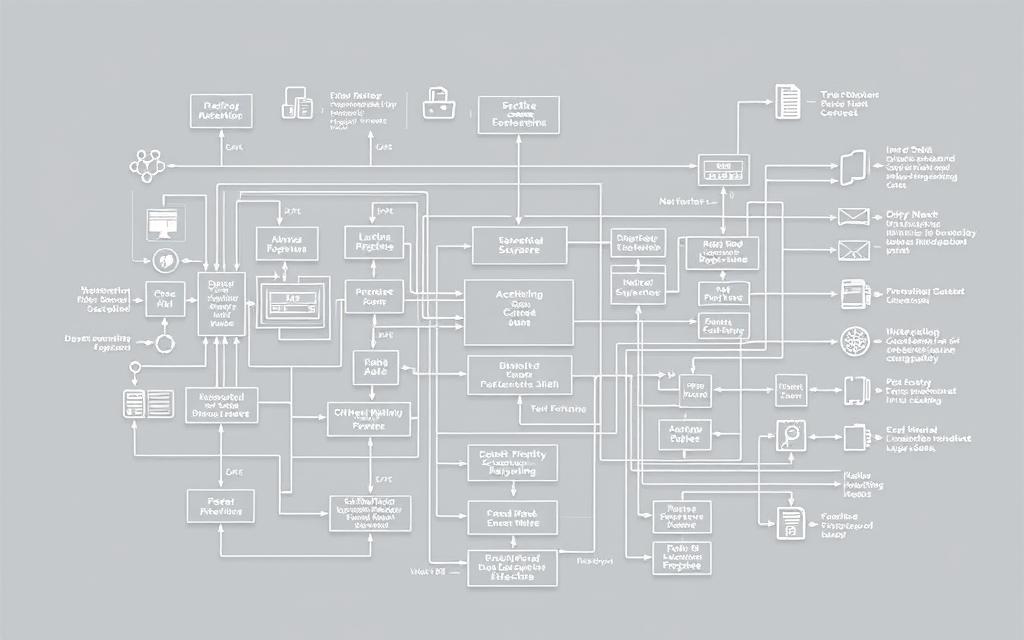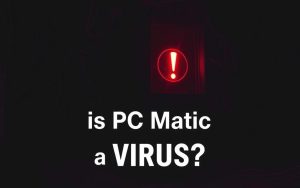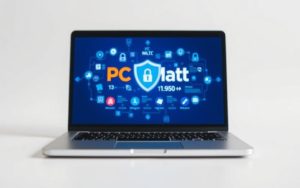Table of Contents
Many users notice MDLink running in their system and wonder about its purpose. This background process often appears without clear explanation, raising questions about its legitimacy.
In most cases, MDLink connects to software updates, multimedia apps, or network tools. Some devices, like mydlink cameras, use it for setup and remote access. However, its vague nature sometimes triggers security concerns.
Before taking action, verify its source. Legitimate versions come bundled with trusted applications. Unfamiliar installations may require deeper inspection. This guide helps identify whether MDLink belongs on your computer or needs removal.
Understanding MDLink: What It Is and Its Purpose
Software components like MDLink often work silently to support essential functions. This background process typically integrates with other programs rather than running independently. Its presence usually indicates active support for tasks like updates or data streaming.
Is MDLink a Standalone Program or a Component?
MDLink rarely operates alone. Most often, it’s a helper for larger applications. For example, it might manage metadata for media players or coordinate network access for smart cameras.
Temporary installations occur during software updates, while persistent versions serve ongoing needs. System-level implementations handle core tasks, whereas app-specific ones focus on narrower functions.
Common Functions of MDLink in Software
Automated updates rely on MDLink to fetch patches seamlessly. In multimedia apps, it organizes files and enables smooth streaming. For IoT devices like mydlink cameras, it helps stay connected to local and remote networks.
Differences arise based on implementation. Legitimate versions align with trusted software, while suspicious ones lack clear origins. Always verify its source if uncertain.
Why Is MDLink on My Computer? Possible Sources
Automated tasks frequently trigger MDLink installations. This component typically arrives with trusted software rather than appearing independently. Understanding its origins helps determine whether to keep or remove it.
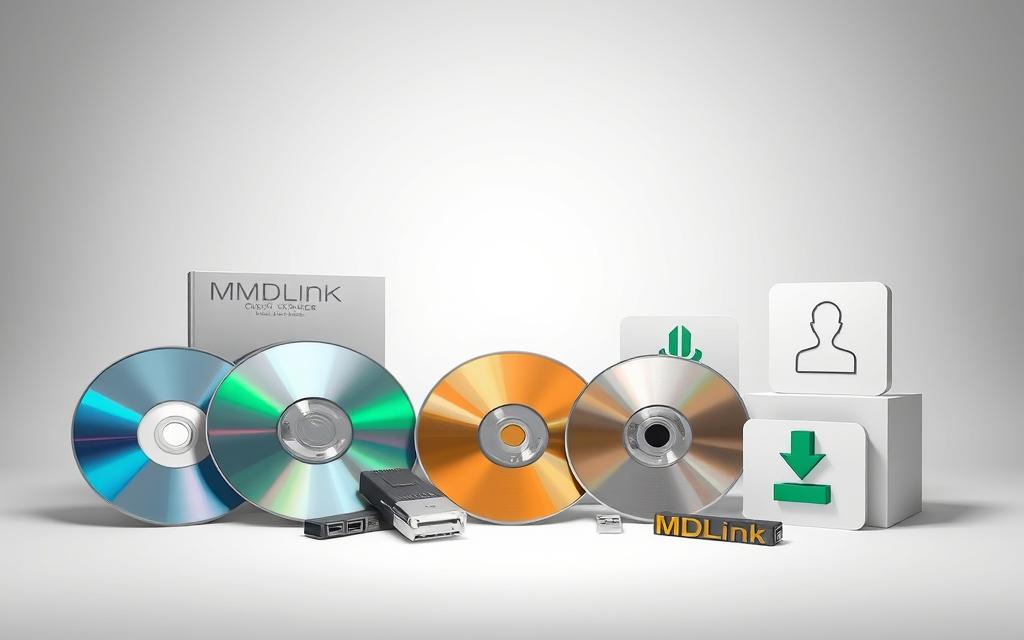
Software Updates and Background Processes
Many programs use MDLink during silent updates. Security cameras like mydlink deploy it for firmware patches. Download managers may also employ this process to fetch files efficiently.
Check your installed programs list for associated applications. Legitimate versions usually reside in predictable folders like Program Files. Random locations warrant investigation.
Multimedia and Network Applications
Media servers and streaming platforms often bundle MDLink. It helps organize files and maintain network stability. VPN clients might use it to stay connected across different regions.
IoT devices frequently rely on this application for remote access. If you own smart cameras or media hubs, MDLink likely supports their core functions.
Malware: A Rare but Possible Scenario
Fake MDLink versions sometimes mimic legitimate ones. Watch for excessive CPU usage or unknown publisher certificates. UCSF’s MD Link healthcare system shares the name but operates separately—don’t confuse the two.
Scan suspicious files with updated antivirus tools. Uninstall any unrecognized entries through your computer’s control panel.
How to Identify and Verify MDLink on Your System
System checks help confirm whether MDLink belongs on your device. Legitimate versions support trusted applications, while suspicious ones may hide in unexpected locations. Follow these steps to validate its presence safely.
Using Task Manager or Activity Monitor
Open Task Manager (Ctrl+Shift+Esc) and locate MDLink under the Processes tab. Check its CPU/memory usage—high consumption may indicate issues. Right-click to view properties or Open File Location for further details.
Checking Installed Programs and File Locations
Navigate to Control Panel > Programs to review installed software. Legitimate MDLink files typically reside in:
| Legitimate Paths | Suspicious Locations |
|---|---|
| Program Files/mydlink | Temp folders |
| Program Files (x86)/Common Files | Root directories (C:\) |
| AppData/Local (with valid certs) | Random-named folders |
Safe Online Research Practices
Upload suspicious files to VirusTotal for scanning. Cross-reference results with trusted forums like StackExchange. Look for digital signatures from known publishers like D-Link Corporation.
If uncertain, contact the software vendor’s help desk. Provide file hashes or error logs for accurate information.
Is MDLink a Security Threat? What You Need to Know
Security concerns often arise when unfamiliar processes like MDLink appear. While many instances are harmless, others may compromise system integrity. Learning to differentiate ensures your device stays protected.
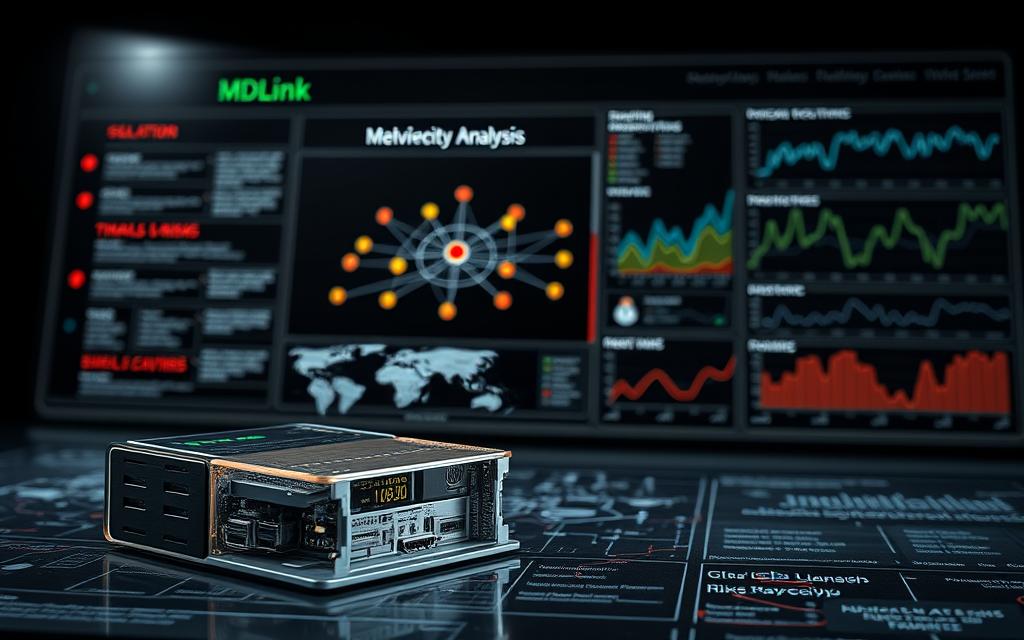
Signs of Legitimate vs. Malicious MDLink
Trusted versions typically show low CPU/memory usage. Verified publishers like D-Link Corporation sign their code with digital certificates. Check these in Task Manager or file properties.
Malicious variants often lack signatures or consume excessive resources. Random folder locations or unsigned code are red flags. Compare scan results with platforms like VirusTotal for clarity.
Steps to Take If You Suspect Malware
Run multi-scan checks using updated antivirus tools. Restrict network access temporarily to prevent data leaks. Analyze traffic for unusual connections—legitimate support processes rarely contact unknown servers.
For persistent issues, escalate to professional IT help. Provide file hashes or logs for accurate diagnosis. Inspired by UCSF’s timeout protocols, automate periodic scans to catch anomalies early.
Conclusion
Trusted applications often rely on helper components for smooth operation. Verify sources by checking digital signatures and file locations. Legitimate versions enable devices to stay connected securely.
Prioritize security with periodic audits. Review results from tools like VirusTotal. Unrecognized processes warrant immediate action—restrict access and scan thoroughly.
For persistent doubts, seek professional support. Regular maintenance ensures your system runs efficiently. Most instances serve valid purposes, but vigilance keeps risks minimal.
FAQ
What is MDLink and why is it installed on my computer?
MDLink is often a background process or component linked to multimedia, network, or software applications. It helps manage connections, updates, or data transfers efficiently.
Is MDLink a standalone program or a system component?
Typically, MDLink operates as a supporting module for other applications rather than a standalone program. It assists with tasks like file sharing, streaming, or software updates.
How did MDLink get on my computer?
It may have been installed alongside legitimate software, updates, or multimedia tools. In rare cases, malware disguises itself as MDLink—always verify its source.
Can I safely remove MDLink from my system?
If it’s tied to essential software, removal could disrupt functionality. First, check its file location and digital signature. Use trusted antivirus scans if suspicious.
How do I check if MDLink is running on my computer?
Open Task Manager (Windows) or Activity Monitor (Mac) to see active processes. Look for “MDLink” in the list or search installed programs in system settings.
Is MDLink a security risk?
Legitimate versions pose no threat. However, if it consumes excessive resources, connects to unknown servers, or lacks verification, scan for malware immediately.
What should I do if MDLink behaves suspiciously?
Run a security scan with tools like Windows Defender or Malwarebytes. Check network activity and delete unrecognized files. Update your system for added protection.


